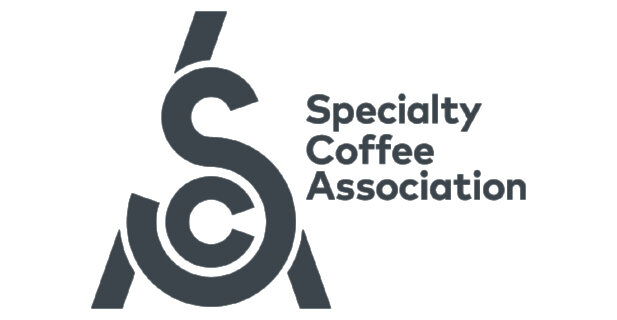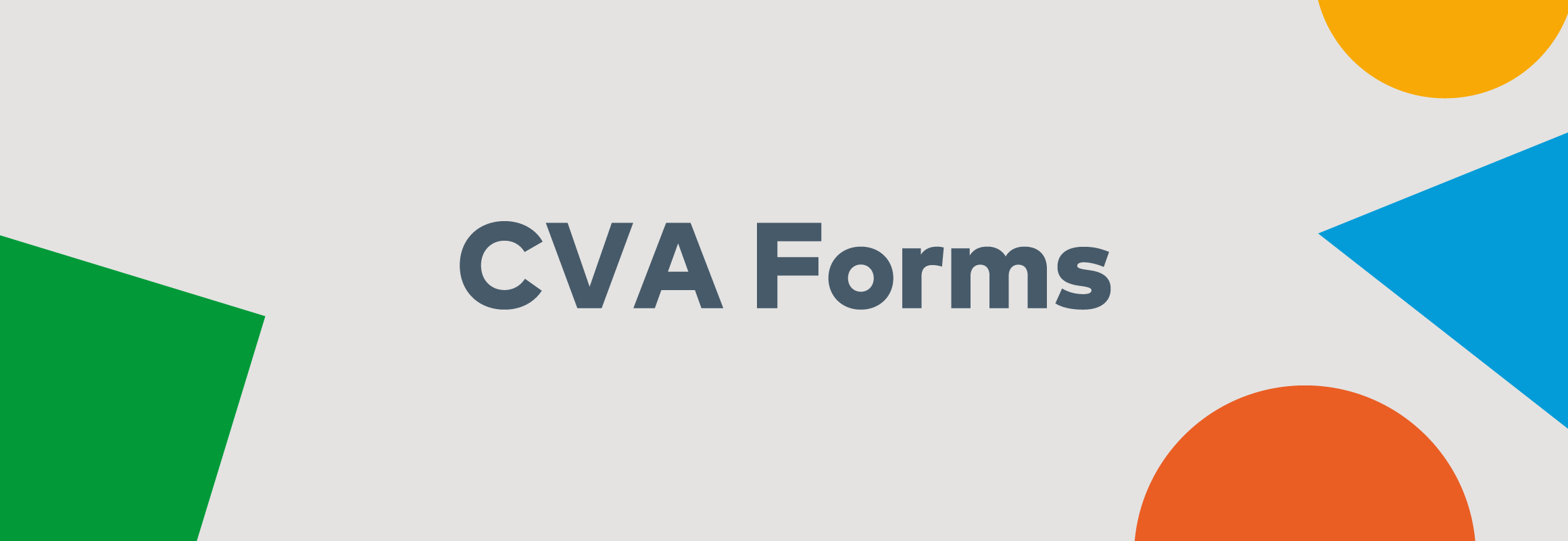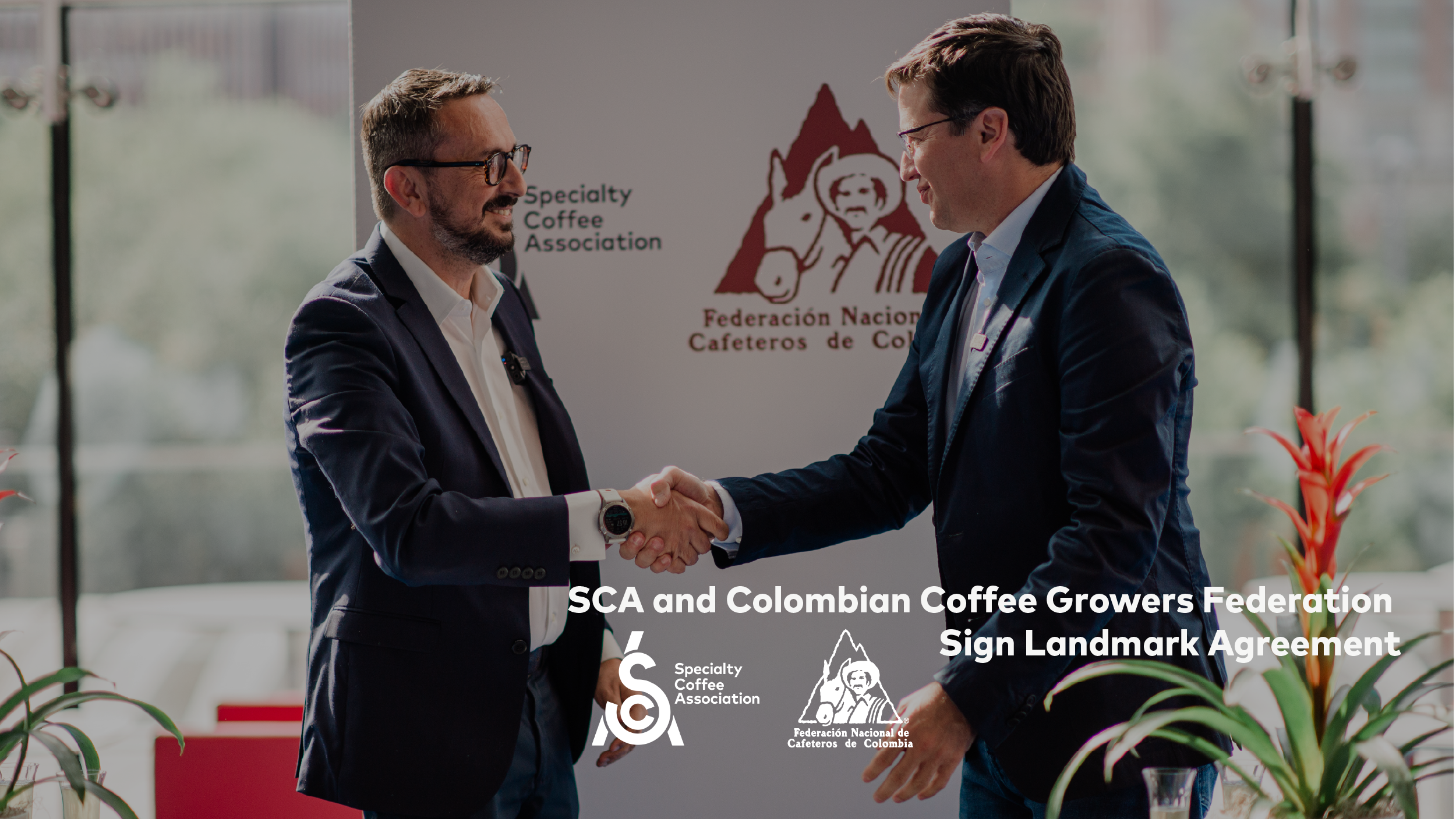For decades, innovation in coffee has made giant strides, while the system for evaluating coffee has remained the same. We knew there had to be a better way. So for years, the SCA has collaborated with the industry, scientists, and researchers to develop the new Coffee Value Assessment (CVA)—a complete “high-resolution” picture of a specific coffee across four assessment types, that takes into account all the attributes that make a coffee special.
It’s scientific, specific, sustainable, and specialty. And it’s yours to use.
Be a part of the redefinition of specialty coffee.
Get Involved Today
For the first time, a system that rewards more than just flavor.
The new Coffee Value Assessment evaluates coffee across four assessment types, completed separately to avoid bias.
Driving equitable value, from farm to cup.
We know consumers care whether a coffee is fair trade, produced by women, or regeneratively grown.
By taking into account these valued attributes, the CVA is evolving the definition of value in specialty coffee.
For cuppers and consumers, producers and educators—and everyone committed to more sustainable supply chains.
Driven by the SCA's sustainable coffee agenda, which emphasizes equitable value distribution throughout the supply chain, the system aspires to be a powerful tool in evolving our understanding of value in coffee.
Latest Updates
Key Documents
In June 2024, after compiling user feedback from CVA Early Adopters, the SCA has released A System to Assess Coffee Value: Understanding the Specialty Coffee Association's Value Assessment, a revision of the previously released A New System to Assess Coffee Value, which introduced the SCA's Coffee Value Assessment in April 2023. Read the Summary of Changes.
Understanding the CVA
Watch a video series on the Theory of the CVA in English below or in Spanish, Korean, Traditional Chinese, and Simplified Chinese
Stay Up to Date
Support the Coffee Value Assessment.
To facilitate the SCA and Coffee Science Foundation's continued research and development of the Coffee Value Assessment, the SCA is proud to launch an official Patrons Program for SCA member companies and organizations to engage with this meaningful work and support the further refinement and development of the system. For a low donation amount, a participating company or organization will receive two years continued acknowledgment of Patron status, plus a whole host of other exclusive benefits.
Frequently Asked Questions
For a full list of frequently asked questions, including more techincal questions about evaluation, assessment use, and the transition period of the early-adopter phase in 2023, please see the “Frequently Asked Questions” section of the Coffee Value Assessment Protocol (in beta).
-
It allows coffee experts to inventory the valuable attributes of a coffee, according to the SCA’s definition of specialty coffee. These include physical, sensory, and informational attributes.
-
No. Only market actors can determine the price of a given coffee. The system seeks to create a profile of all of the valuable attributes of a coffee, so the total value of a coffee can be determined.
-
Cupping, the standardized method of sensory evaluation in coffee, is used to determine the sensory attributes of a coffee using two tests: a descriptive assessment and an affective assessment. Cupping is an element of the system, along with a physical and extrinsic assessment of the coffee.
-
It has long been known that the description of flavors in a coffee is a different matter than an assessment of liking or quality. In the previous SCA cupping system these concepts were mixed together. The Coffee Value Assessment separates descriptive assessment, the objective description of a coffee’s flavor profile, from affective assessment, the subjective impression of a coffee’s quality. This separation is considered best practice in sensory and consumer science.
-
The descriptive assessment evaluates and records a coffee’s flavor and aroma attributes. This is based on a standardized technique called “sensory descriptive analysis.” The result is a profile of the coffee’s sensory attributes. The description is neutral: it is a description only, without negative or positive implications.
-
The affective assessment allows the cupper to note their “impression of quality” of the coffee. This is defined as their personal opinion of a coffee’s quality, or their understanding of the quality of a coffee in a market segment known to them. This assessment results in an Impression of Quality score, based on an 100-point scale.
-
The physical assessment is an evaluation of the green, unroasted coffee, which evaluates moisture content, physical appearance, and the presence of any damage to the coffee. The output of the physical assessment can be applied to a number of grading systems.
-
We know that extrinsic attributes, those pieces of information that accompany a coffee such as identity, certification, place of origin, etc., add significant value to a coffee. Those pieces of information can be noted in the extrinsic attributes section. This section is in development, and we anticipate a revised version in late 2023.
-
Yes. We know that certain assessments will be more useful under certain circumstances than others. We anticipate that the four assessments may be used separately or together, depending on the need of the user.
-
In our surveys of current users, we learned that the current SCA system seemed to reduce a coffee’s value to a single score. This system seeks to provide all market actors—including producers—with a more holistic and transparent assessment of a coffee, allowing them to find the best possible markets for their products.
Project Timeline
The SCA has carefully and diligently engaged in a process of review and evolution that already spans nearly three years of work. Learn more about each phase of the process below.
-
Beginning in mid-2020, the SCA’s Chief Research Officer, Peter Giuliano, and Technical Officer, Dr. Mario R. Fernández-Alduenda, completed a review of the existing literature at the intersection of coffee and sensory science. This review was published a year later in 2021 as the SCA’s Coffee Sensory and Cupping Handbook, available in English, Spanish, and Korean.
From 2020-2021, the SCA commissioned a research project to better understand how members of the coffee industry use the protocol and its perceived strengths and weaknesses in assessing coffee’s value and sensory attributes. The findings of this research project were released as a report, “Understanding and Evolving the Specialty Coffee Association Coffee Value Assessment System: Results of the 2020-2021 Cupping Protocol User Perception Study and Proposed Evolution” (Comprendiendo y evolucionando el Sistema de evaluación de valor del café de la SCA).
In 2021, the SCA published a white paper proffering an attributes-based description of specialty coffee, available in English, Spanish, and Korean. SCA Staff gave several lectures at events throughout the year updating stakeholders on the definition.
From 2021-2022, the SCA collaborated with World Coffee Research on a research project to understand how cuppers cup, particularly the links between particular attributes and cupping scores. These findings were reported at events like Re:co Symposium, Specialty Coffee Expo, Sensory Summit US, and World of Coffee, among others. -
In mid-2022, the SCA’s Technical Officer, Dr. Mario R. Fernández-Alduenda, and a team of SCA Staff began the process of testing cupping new form designs in pilot events centering the experiences of actors closest to coffee’s production activities.
A beta-version of the SCA’s Coffee Value Assessment Protocol, Descriptive Assessment, Affective Assessment, and Combined Form will launch at Re:co Symposium and Specialty Coffee Expo this Aprill 19-23, 2023, in Portland, OR. An “alpha” version of the Extrinsic Assessment will also launch.
A series of 2023 workshops, meetings, and trainings are in development to assist cuppers in transitioning to the new form and protocol. A full schedule is coming soon, but in the meantime, explore offerings at Specialty Coffee Expo (Portland), World of Coffee (Athens), and Educator Summit (Busan).
An “Early Adopter Program” will launch in mid-2023 to help the SCA refine the Coffee Value Assessment, through both feedback and additional research, ahead of its movement through the SCA’s standards development process.
A Coffee Science Foundation research project to learn more about sweetness in coffee begins.
-
A “provisional draft” of the early-adopter protocol and forms will integrate any learnings from the early-adopter program before submission to the SCA’s Standards Development panel.
A “beta” or “early-adopter” version of the Extrinsic Assessment is anticipated to launch, following user research completed in late 2023.Digital versions of the system, created with the support of multiple partners through an API, are anticipated to begin to yield early insights into market preferences.






































